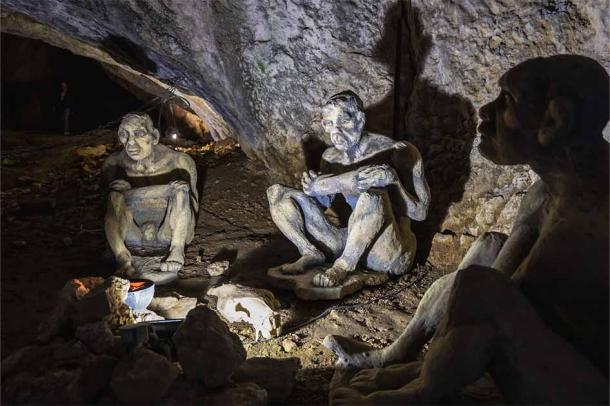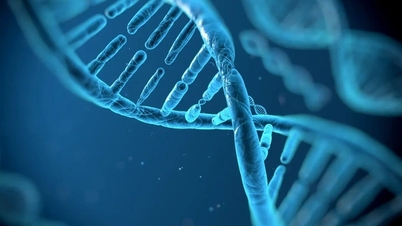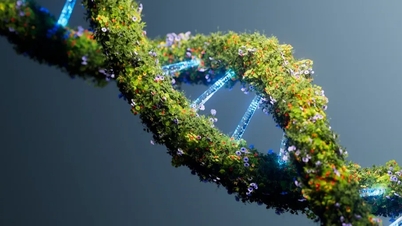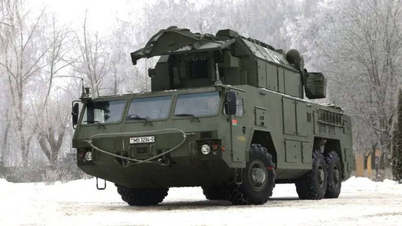(NLDO) - A new genetic analysis has revealed how the DNA of an extinct species entered the bloodstream of our Homo sapiens.
New work led by population geneticist Priya Moorjani from the University of California at Berkeley (USA) shows that Neanderthal DNA in the blood of modern Homo sapiens comes from a single, prolonged period of mixing about 47,000 years ago.

Exhibition at Bacho Kiro cave near Dryanovo - Bulgaria, which contains the remains of some Homo sapiens hybrids with Neanderthals 35,000-45,000 years old - Photo: SCIENCE/ANCIENT ORIGINS
Homo sapiens - modern man - is us, and Neanderthals are another species of the same genus Homo (Human), which split from their ancestors at least 500,000 years ago.
As some previous studies have shown, during the migration from Africa and then spreading to Europe and Asia, our Homo sapiens ancestors encountered several other human species.
Among them, interbreeding arose with at least two species, Neanderthals and Denisovans.
But exactly how that happened remains a mystery. All the evidence for such interbreeding so far has been largely circumstantial—for example, about 2% of Neanderthal DNA clearly survives in the modern human genome.
According to a research summary in the scientific journal Science, 59 ancient Homo sapiens genomes that were sequenced in detail have helped American scientists rediscover that mysterious period of coexistence.
The oldest DNA includes from the Ust'-Ishim man in western Siberia (45,000 years old), the Zlatý kůň woman in Czech Republic (45,000 years old), individuals from Bulgaria's Bacho Kiro cave (35,000-45,000 years old) and Romania's Peștera cu Oase cave (40,000 years old).
Next, they identified Neanderthal DNA regions in the genomes of these ancient Homo sapiens and in the genomes of 275 modern Homo sapiens from around the world .
A computer program modeled the evolution of Neanderthal genes over time, estimating how many generations it would have taken for this hybrid genome to develop the sophistication it has today.
The figure of 47,000 years has been proposed since then, in addition to evidence that interbreeding between the two species occurred continuously for about 6,000-7,000 years.
This research not only provides important insights into human evolution and migration, but also confirms that modern humans possess some Neanderthal genes.
These genes are related to skin pigmentation, immune response, metabolism, and some diseases... Learning about them is very meaningful for medicine and can lead to new disease treatments.
Source: https://nld.com.vn/nguoi-homo-sapiens-lai-voi-loai-khac-47000-nam-truoc-196240529102444363.htm












































































































Comment (0)